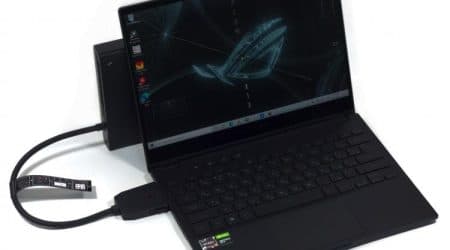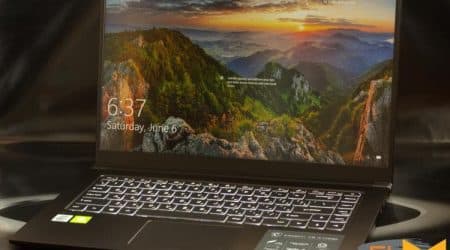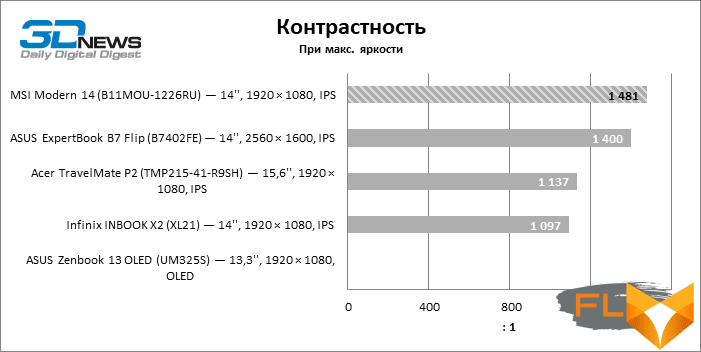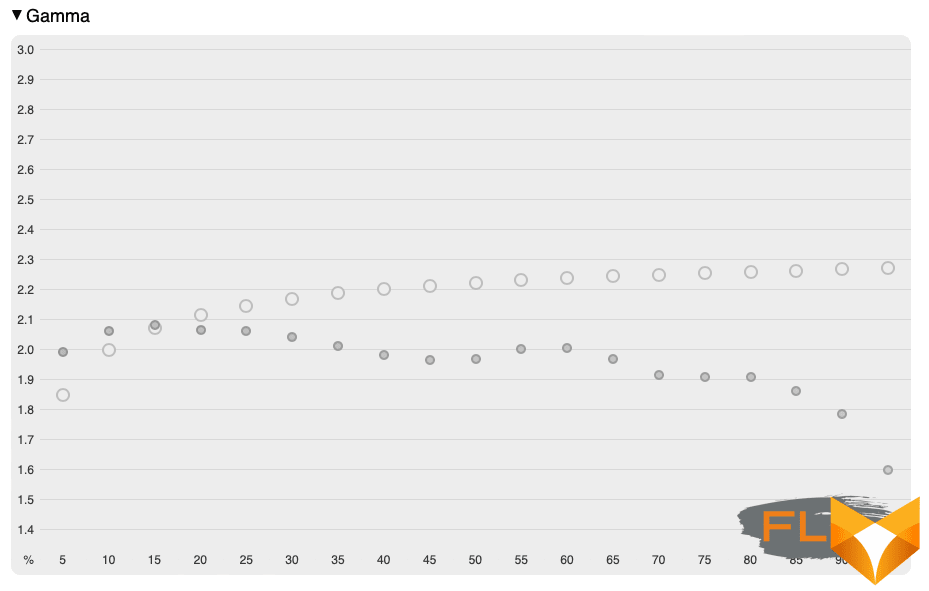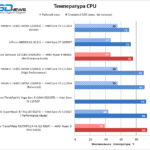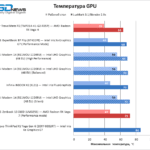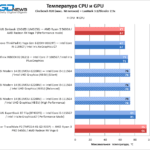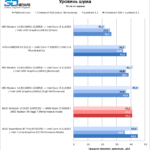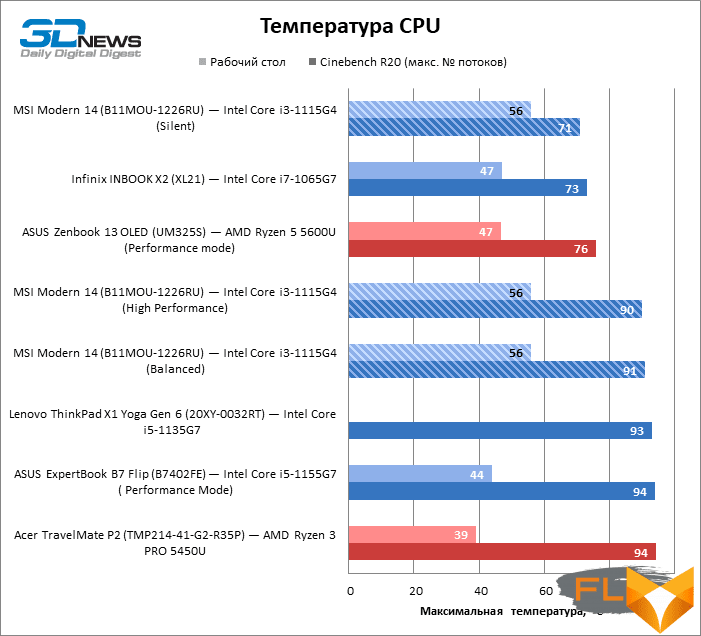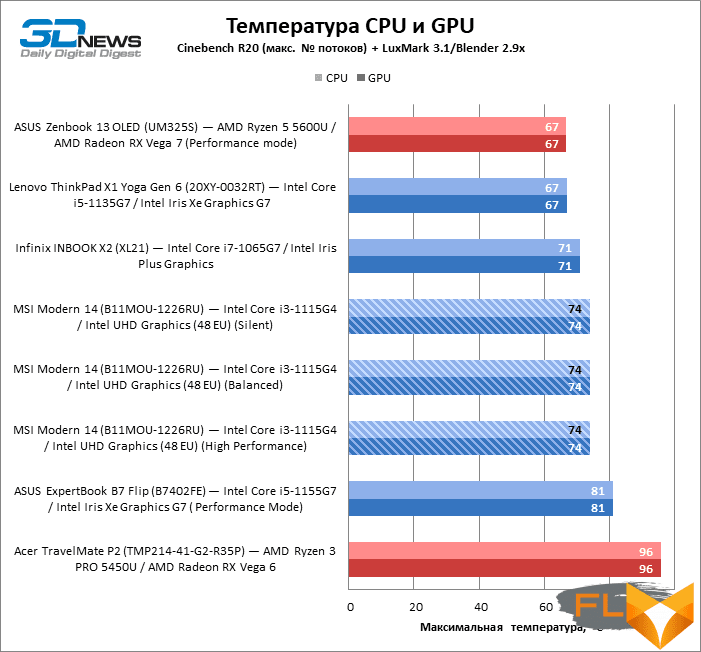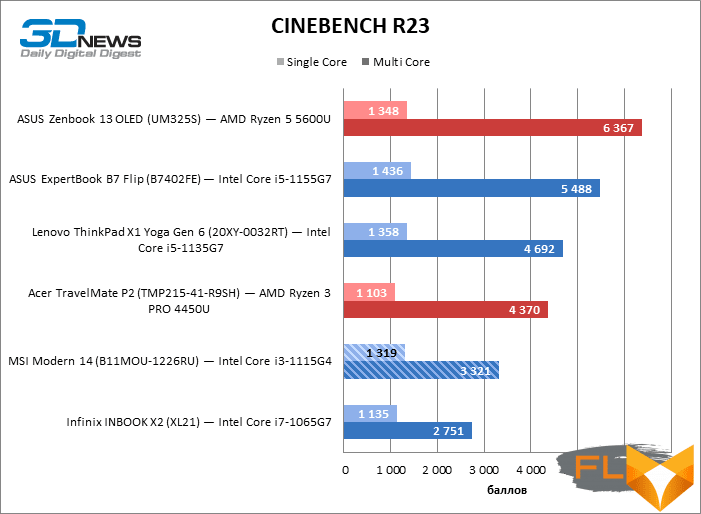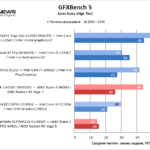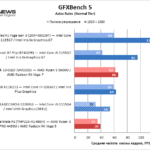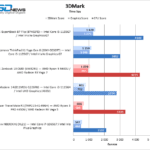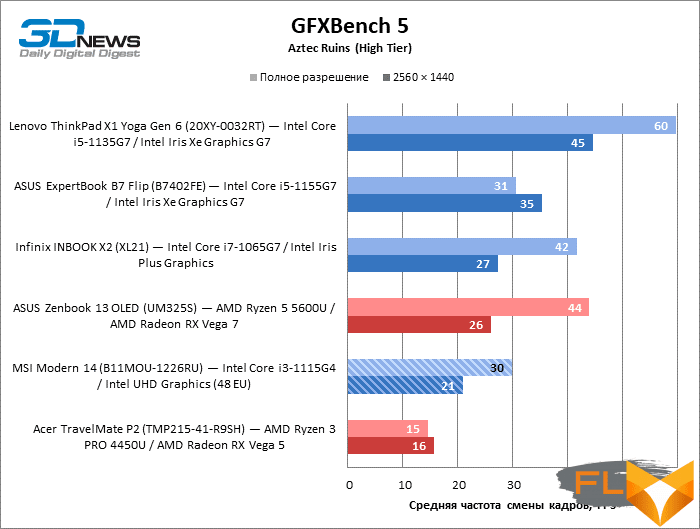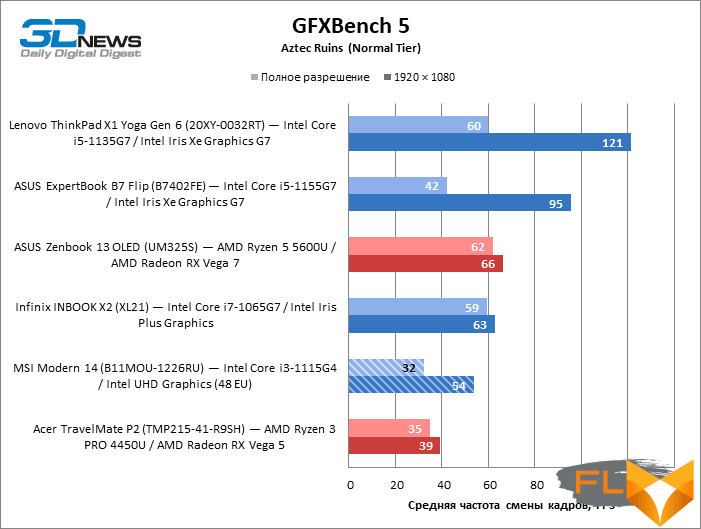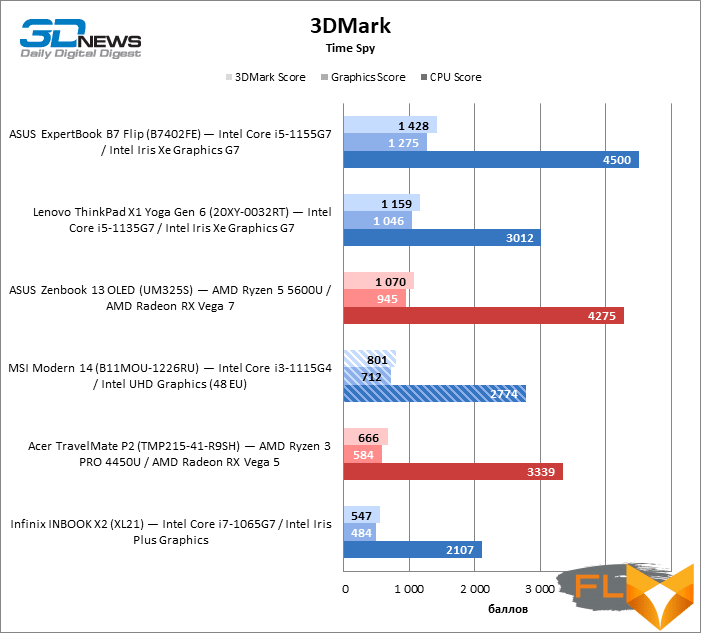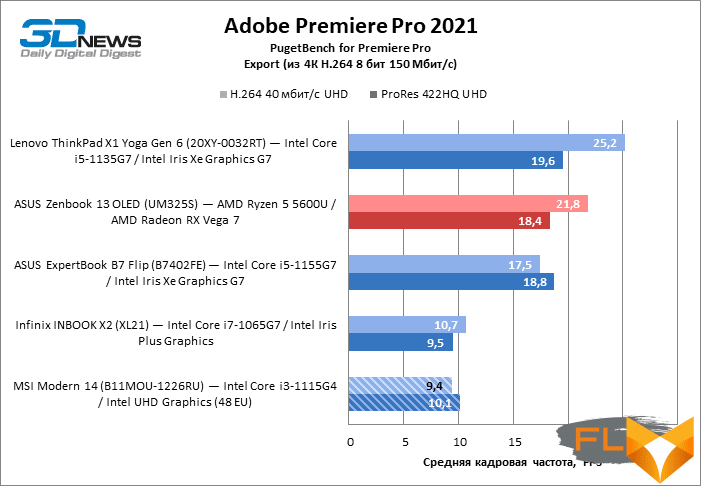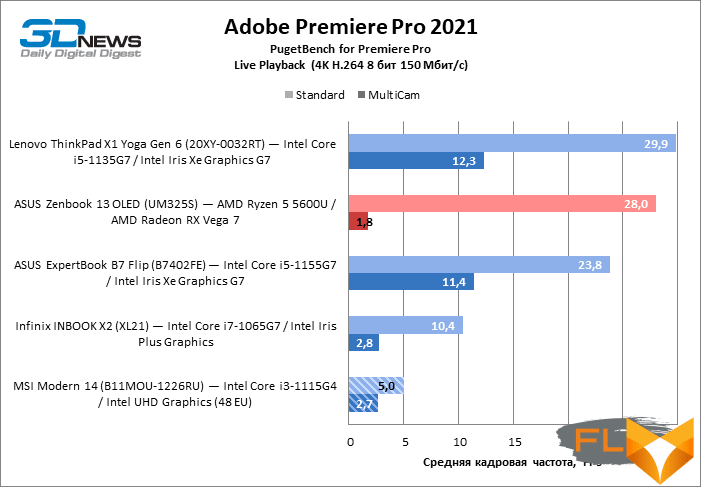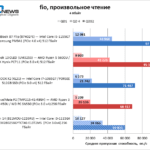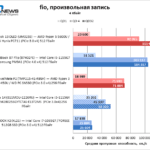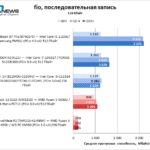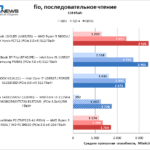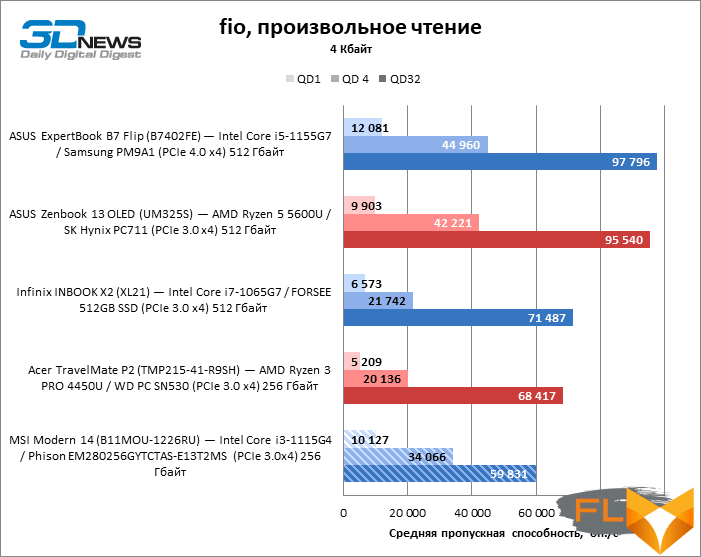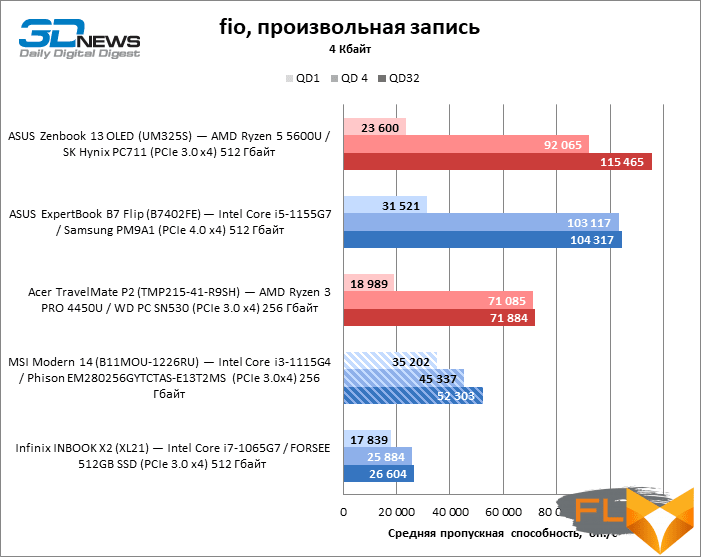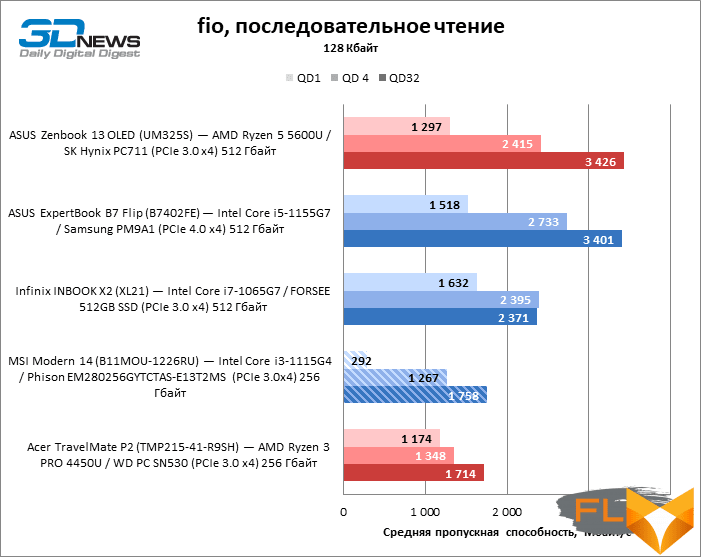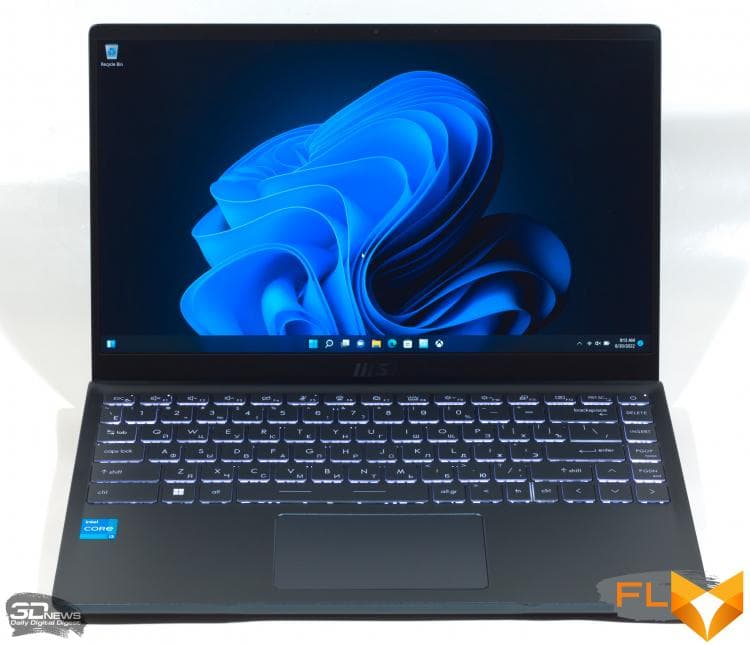


It’s been a long time since Intel and AMD introduced their own versions of the mobile platform of the future: 12th generation Core and Ryzen 6000 CPUs. » CPU – not least because the technically obsolete processors are still good enough for most of the tasks that a typical ultrabook user loads them with. Let’s try to push this concept to the limit on the example of an MSI laptop with a junior, dual-core 11th generation Core i3 processor.
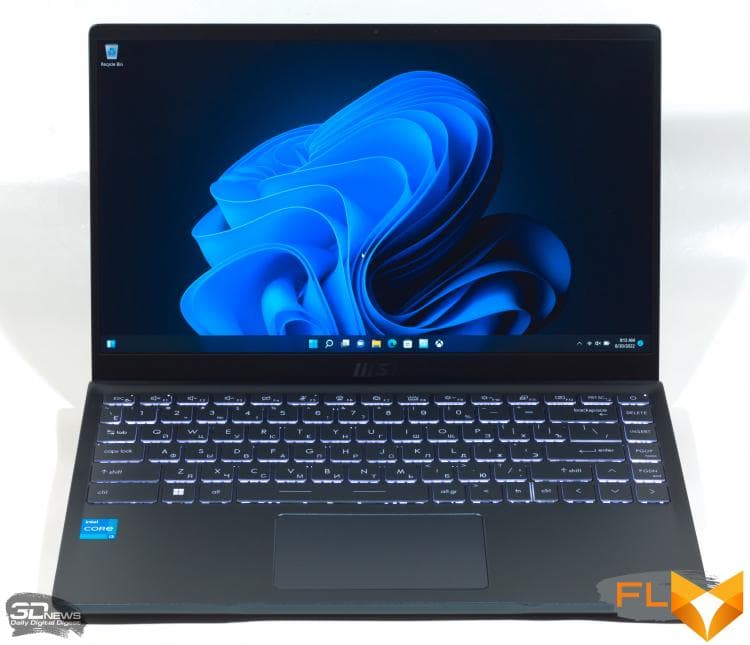
Specifications, prices
A long list of modifications characterizes the MSI Modern 14 B11 as a very flexible product, designed – depending on the configuration – for buyers with different priorities. Most versions of the laptop are equipped with a Core i7-1165G7 or Core i5-1155G7 central processor – these are still the most common models among low-power Intel mobile CPUs – but there are options with a Core i5-1135G4 chip and even Core i3-1115G4. The latter, unlike older devices of the 11th generation, is not a four, but a dual-core processor. In addition, the number of graphics execution units of the Core i3-1115G4 is also halved compared to the Core i7, and a discrete GPU is not provided in this assembly. But in the top-end configuration, the laptop is equipped with the flagship Intel 11th generation UP3 category processor – Core i7-1195G7 along with GeForce MX450 discrete graphics.
All modifications of the MSI Modern 14 B11 use 8 or 16 GB of DDR4 RAM with a bandwidth of 3200 MT / s. However, regardless of the size, only one SO-DIMM is installed in the laptop and, as a result, the memory operates in single-channel mode. In turn, the available amount of SSD starts at 128 GB and ends with one terabyte.
| Manufacturer | MSI |
|---|---|
| Model | Modern 14 B11 (depending on specification) |
| Display | 14″, 1920 × 1080, IPS (45% NTSC) in the model under study;
14″, 1920 × 1080, IPS (72% NTSC) |
| CPU | Intel Core i3-1115G4 (2/4 cores/threads, 3.0-4.1 GHz) – in the model under study ;
Intel Core i5-1135G7 (4/8 cores/threads, 2.4-4.2 GHz); Intel Core i5-1155G7 (4/8 cores/threads, 2.5-4.5 GHz); Intel Core i7-1165G7 (4/8 cores/threads, 2.8-4.7 GHz); Intel Core i7-1195G7 (4/8 cores/threads, 2.9-5.0 GHz) |
| RAM | DDR4 SDRAM, 3200 MT/s, 8/16 GB (1 channel) |
| GPU | Intel UHD Graphics (48 EU, 1 GB from system memory) —in study model;
Intel Iris Xe Graphics (80 EU, 1 GB from system memory); Intel Iris Xe Graphics (96 EU, 1 GB from system memory); GeForce MX450 (2GB GDDR5) |
| Drive | NVMe SSD (PCIe 3.0 x4) 128-1024 GB (256 GB SSD installed in the studied model) |
| External I/O connectors | 1 × USB 3.2 Gen 2 Type-C (Thunderbolt 4);
2 × USB 3.2 Gen 1 Type-A (USB 3.2 Gen 2 Type-A); 1 x HDMI; 1 x TRS 3.5mm; 1 x microSD |
| Network | IEEE 802.11ac (IEEE 802.11ax);
Bluetooth 5.0 (Bluetooth 5.1) |
| Battery capacity, Wh | 39/52 (Study model uses 39 Wh battery) |
| Weight, kg | 1.2–1.3 |
| Overall dimensions (L × W × H), mm | 319 × 219 × 18.1 |
| Retail price $ | from 650 (Core i3-1115G4, 8 GB, 256 GB)
from 900 (Core i5-1155G7, 8 GB, 515 GB) 1800+ (Core i7-1195G7, GeForce MX450, 16GB, 515GB) |
The spread of prices for certain versions of the MSI Modern 14 B11 corresponds to the differences in their filling. At the time of writing the review, the computer could be purchased for $900 if we are talking about the average configuration, which includes a Core i5-1155G7 processor without a discrete video adapter, 8 GB of RAM and 512 GB of ROM.
We will, however, have to examine the economy version of the Modern 14 B11 with the Core i3-1115G4 chip. Whatever one may say, we have already seen a lot of laptops based on 11th generation Core i5 and Core i7 processors, which have by and large the same – unless you consider devices with pre-overclocked CPUs – performance. It’s more interesting to check out what a dual-core laptop is capable of, which appears on sale less often than the intermediate Modern 14 B11 configurations, but costs even less – only $ 650.
Look and Ergonomics
MSI Modern 14 B11, like the previous models of the Modern 14 series, is assembled in a chassis design typical of most modern ultrabooks. The case is made of thin aluminum panels, and the hinges of the lid are positioned so that the back of the topcase rises high above the table in the working position. Thanks to this, the wide indent from the bottom of the screen, which matrices with 16:9 ratios cannot do without, seems smaller. The screen itself is matte, with a resolution of 1920 × 1080. There are three color options for the laptop case: carbon gray, black and blue.
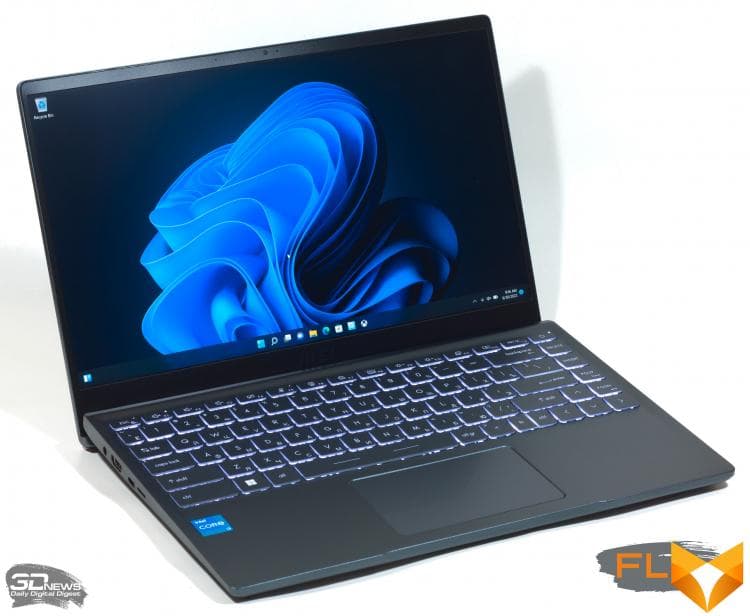
Modern 14 B11’s sleek design has no extra decorations, only the manufacturer’s logo on the lid and screen frame. The resistance of the hinges allows you to open the laptop with one hand (at an angle of up to 180 °), but you can only hook the lid with your nails – the cutout in the reciprocal part of the case is not deep enough.
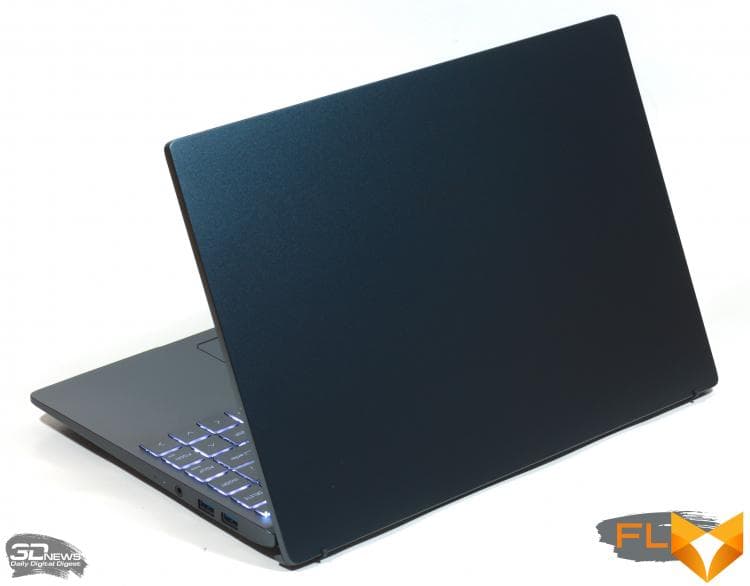
Due to the fact that the keyboard occupies almost the entire width of the topcase, the Modern 14 B11 designers made the keys larger, and an additional column (Del, Ins, PgUp, PgDn) was squeezed in to the right of the main block. Only the “~” key, as usual, made nearthe same neighbors, and the right Ctrl shares space with the Fn key. The keyboard mechanisms feel exactly like most other MSI laptops: the membrane cones have a clear actuation point and the scissors provide a long stroke, but the lids return to the neutral position quite slowly, which gives the impression of being viscous. Despite the high supports of the case, the substrate has sufficient rigidity so that deformation during the printing process does not cause obvious discomfort. However, the keyboard is quite loud. Character backlighting is white, with three levels of brightness.
The small touchpad has a smooth glass surface. The panel is well fixed in the case and is pressed through with a sure click, without any extraneous sounds.

Due to the fact that the laptop is built on an Intel platform, the older Modern 14 B11 models received a Thunderbolt 4 interface, which complements a pair of USB 3.2 Gen 2 connectors in the Type-A form factor. Simpler versions, like ours, also carry an ample set of wired interfaces: one USB Type-C 3.2 Gen 2 connector, two Type-A ports operating at 3.2 Gen 1, full-size HDMI and an acoustic mini-jack. There is even a microSD card reader.
The laptop comes with a lightweight 65W (or 90W) power supply with an old-fashioned barrel plug, which in this case is fully justified, because there is only one USB Type-C connector.
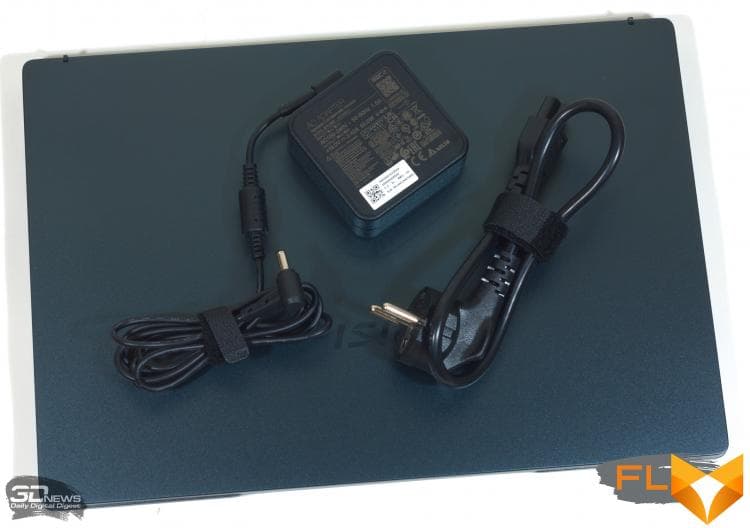
Internal design and upgrade options
At the bottom of the case, a lot of additional ventilation holes were made in addition to the main grille opposite the cooling system turbine – it seems, with the expectation of more powerful varieties of the Modern 14 B11.
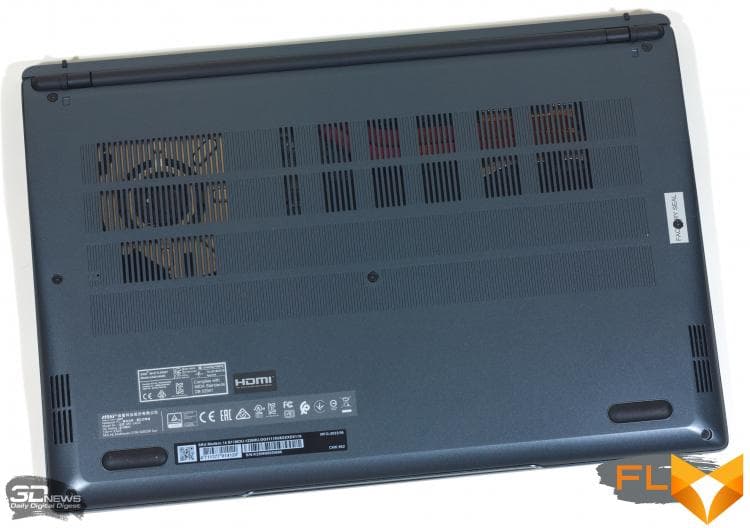
The cooler itself makes a good impression for a laptop with a 28-watt CPU: the design consists of a copper heat sink, two heat pipes and a fairly large heatsink. The VRM of the processor is covered with a thin metal petal that is soldered to the main heat sink – not the most efficient solution, but many Modern 14 B11 competitors lack even this.
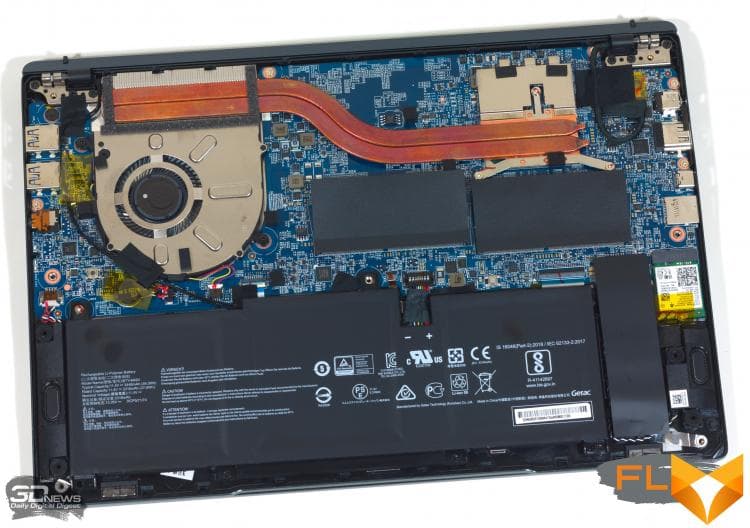
The laptop allows an easy upgrade of RAM due to the fact that one SO-DIMM slot is initially empty. Adding another module is the best thing buyers of Modern 14 B11 configurations without a discrete GPU can do to increase performance. But in models with GeForce MX450 graphics, judging by what we managed to find out, there is no vacant SO-DIMM slot.
The budget options of the Modern 14 B11 are content with a small capacity battery – 39 Wh, while for more powerful ones it is increased to 52.
Test Methodology
| Synthetic tests | |
|---|---|
| Application | Settings |
| 3DMark Time Spy | — |
| Geekbench 5 | — |
| CINEBENCH R23 | — |
| GFXBench 5 (Aztec Ruins — Normal Tier, High Tier) | Windows: Vulkan, macOS: Metal |
| fio 3.16 | Sequential read/write, random read/write (unbuffered I/O) |
| Work Applications | |||||
|---|---|---|---|---|---|
| Application | Benchmark | Settings/Notes | API | ||
| Intel Graphics | AMD Graphics | NVIDIA Graphics | |||
| Adobe Photoshop 2021 (22.x) | PugetBench for Photoshop 0.93 (list of tests here) | — | OpenGL + OpenCL + Metal (macOS) | OpenGL + OpenCL + Metal (macOS) | OpenGL + OpenCL |
| Adobe Photoshop Lightroom Classic 10.x | PugetBench for Lightroom Classic 0.92 (list of tests here) | — | DirectX 12 (Windows) | DirectX 12 (Windows) | DirectX 12 |
| Adobe Premiere Pro 2021 (15.x) | PugetBench for Premiere Pro V0.95.1 (list of tests at link) | Standard Benchmark (4K) | OpenCL (Windows)/Metal (macOS) | OpenCL (Windows)/Metal (macOS) | CUDA |
| Blender 2.9x | Class Room demo from Blender Foundation | Cycles renderer.
Feature Set: Supported. Tile size: 32 × 32 (CPU) or 256 × 256 (GPU) |
N/A (CPU rendering) | OpenCL (Windows)/CPU (macOS) | CUDA/OptX |
In order to ensure equal testing conditions for computers running Windows 10 and Windows 11 and to demonstrate the maximum performance of new machines, we disable the VBS (Virtualization-Based Security) and Memory Integrity (Hypervisor-protected Code Integrity) features in Windows 11.
Display testing is performed using the X-Rite i1Display Pro Plus colorimeter in the DisplayCAL 3 application.
Notebook battery life is measured at a display brightness of 200 cd/m2in the following usage scenarios:
- web surfing: alternately opening and closing tabs of Computeruniverse.ru and Unsplash.com sites with an interval of 25 seconds in the Google Chrome browser (cache and cookies are disabled);
- Continuous playback of 4K HEVC (H.265) video.
Test participants
The following devices took part in testing:
| Screen | CPU | RAM | GPU | SSD | HDD | Battery | |||
|---|---|---|---|---|---|---|---|---|---|
| MSI Modern 14 (B11MOU-1226RU) | 14”, 1920 × 1080, IPS | Intel Core i3-1115G4 | 2/4 cores/threads, 3.0-4.1GHz | DDR4 SDRAM, 3200 MT/s, 8 GB (1 channel) | Intel UHD Graphics (48 EU) | 1 GB from system memory | Phison EM280256GYTCTAS-E13T2MS (PCIe 3.0×4) 256 GB | None | 39 Wh |
| Acer TravelMate P2 (TMP215-41-R9SH) | 15,6”, 1920 × 1080, IPS | AMD Ryzen 3 PRO 4450U | 4/8 cores/threads, 2.5-3.7 GHz | DDR4 SDRAM, 3200 MT/s, 8 GB (1 channel) | AMD Radeon RX Vega 5 | 512MB of system RAM | WD PC SN530 (PCIe 3.0 x4) 256 GB | None | 54.6 Wh |
| ASUS ExpertBook B7 Flip (B7402FE) | 14”, 2560 × 1600, IPS | Intel Core i5-1155G7 | 4/8 cores/threads, 2.5-4.5GHz | DDR4 SDRAM, 3200 MT/s, 24 GB | Intel Iris Xe Graphics G7 | 1 GB from system memory | Samsung PM9A1 (PCIe 4.0 x4) 512 GB | None | 63 Wh |
| ASUS Zenbook 13 OLED (UM325S) | 13.3”, 1920 × 1080, OLED | AMD Ryzen 5 5600U | 6/12 cores/threads, 2.3-4.2GHz | LPDDR4X SDRAM, 4266 MT/s, 16 GB | AMD Radeon RX Vega 7 | 512MB of system RAM | SK Hynix PC711 (PCIe 3.0 x4) 512 GB | None | 67 Wh |
| Infinix INBOOK X2 (XL21) | 14”, 1920 × 1080, IPS | Intel Core i7-1065G7 | 4/8 cores/threads, 1.3-3.9GHz | LPDDR4 SDRAM, 3200 MT/s, 8 GB | Intel Iris Plus Graphics | System RAM | FORSEE 512GB SSD (PCIe 3.0 x4) 512GB | None | 50 Wh |
| Lenovo ThinkPad X1 Yoga Gen 6 (20XY-0032RT) | 14”, 1920 × 1200, IPS | Intel Core i5-1135G7 | 4/8 cores/threads, 2.4-4.2GHz | LPDDR4X SDRAM, 4266 MT/s, 8 GB | Intel Iris Xe Graphics G7 | 1 GB from system memory | KIOXIA XG6 (PCIe 3.0 x4) 256 GB | None | 57 Wh |
Screen quality
Which matrix is used in Modern 14 B11, again depends on the specific modification of the computer. MSI gives you a choice between screens with full or partial coverage of the sRGB color space, and budget versions of the laptop, of course, install the latter. It has a high contrast ratio – 481:1 – and a good margin of brightness – 271 cd/m2.
The color temperature of the panel is finely tuned to a reference value of 6500K.
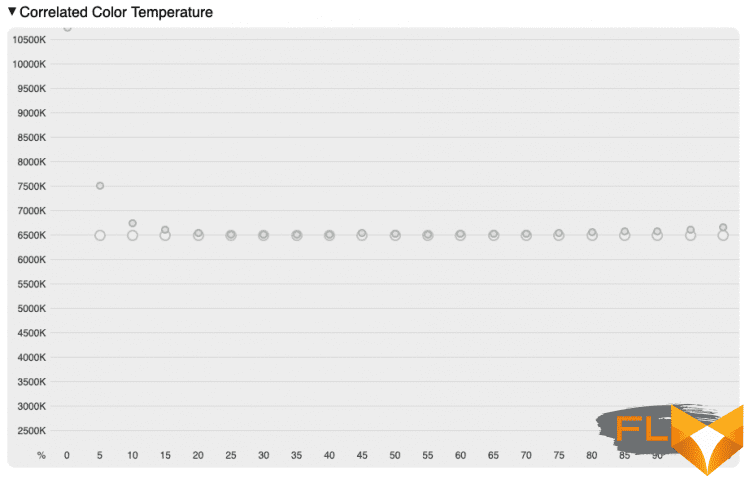
But, as the Modern 14 B11 specs warn, the color range of the matrix covers only 66% of the sRGB space.
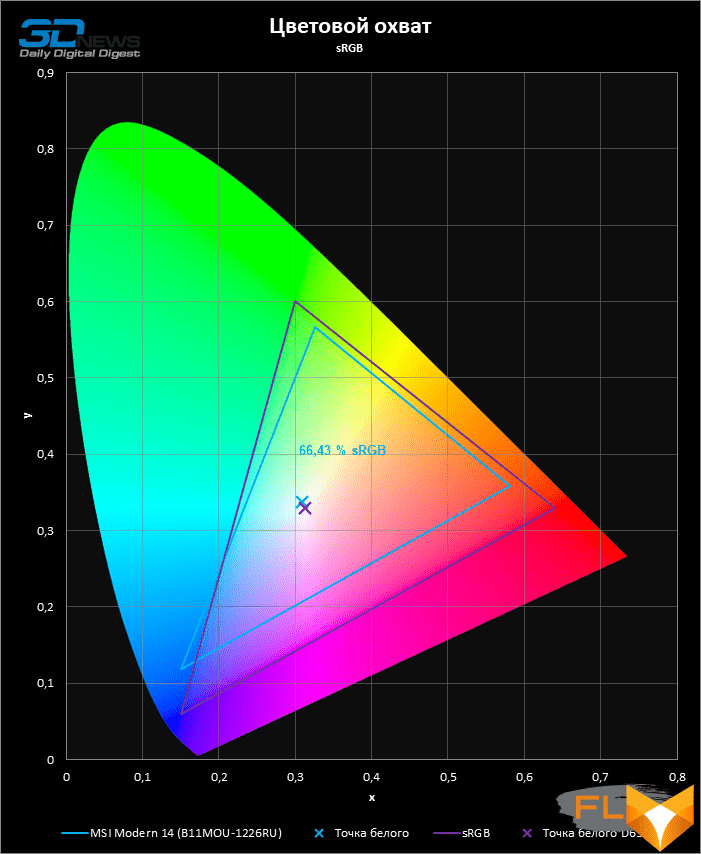
The gamma correction curve does not match either the 2.2 power function or the sRGB curve.
The gray balance also leaves much to be desired, which, combined with the limited color gamut, results in large color errors.

Clock speeds, temperature and noise levels
While the CPU found in our Modern 14 B11 is the low end of its category on a Tiger Lake die, it utilizes almost all of its spec-specific headroom (28W) and maintains a maximum auto-overclock frequency (4.1GHz) for long periods of time. load. The integrated Intel Xe graphics also runs at its maximum frequency of 1.25 GHz. Only in the case when the x86 cores and the GPU are loaded at the same time, the CPU clock speed drops to 3 GHz.
Since the Core i3-1115G4 chip in the MSI laptop is not inferior in power consumption to quad-core notebook solutions of the same family, the laptop makes a lot of noise under load. But the temperature of the CPU chip does not exceed 90 ° C.
The Modern 14 control software offers two alternative power modes – balanced and quiet, but only the latter has any effect on performance. In balanced mode, neither the clock speeds, nor the temperature of the components, nor the noise practically differ from what is observed in the maximum performance mode. Quiet mode, on the contrary, reduces the frequency of x86 cores under an isolated load to 3, and while working together with the GPU, to 2.15 GHz. But the noise of the cooling system really comes to naught.
| Load Clock | ||||||||
|---|---|---|---|---|---|---|---|---|
| Cinebench R20 (Max Thread #) | Blender 2.9x (GPU rendering) | Cinebench R20 (max thread no.) + Blender 2.9x | ||||||
| CPU clock speed, MHz | GPU clock speed, MHz | CPU clock speed, MHz | GPU clock speed, MHz | |||||
| Average | Max | Medium | Max | Medium | Max | Medium | Max | |
| MSI Modern 14 (B11MOU-1226RU) – Intel Core i5-1115G4 / Intel Iris Xe Graphics G4 (48 EU) – High Performance | 4091 | 4151 | 1249 | 1258 | 2986 | 2997 | 1247 | 1249 |
| MSI Modern 14 (B11MOU-1226RU) – Intel Core i5-1115G4 / Intel Iris Xe Graphics G4 (48 EU) – Balanced | 4093 | 4153 | 1249 | 1258 | 2981 | 2998 | 1247 | 1249 |
| MSI Modern 14 (B11MOU-1226RU) – Intel Core i5-1115G4 / Intel Iris Xe Graphics G4 (48 EU) – Silent | 3116 | 3393 | 1246 | 1258 | 2168 | 2296 | 1232 | 1248 |
| CPU and GPU power consumption | ||||||||
|---|---|---|---|---|---|---|---|---|
| Cinebench R20 (Max Thread #) | Blender 2.9x (GPU rendering) | Cinebench R20 (max thread no.) + Blender 2.9x | ||||||
| CPU power consumption, W | GPU power consumption (SoC as a whole, if integrated), W | CPU power consumption, W | GPU power consumption (if discrete), W | |||||
| Medium | Max | Medium | Max | Medium | Max | Medium | Max | |
| MSI Modern 14 (B11MOU-1226RU) – Intel Core i5-1115G4 / Intel Iris Xe Graphics G4 (48 EU) – High Performance | 27 | 27 | 15 | 17 | 19 | 20 | N/A | N/A |
| MSI Modern 14 (B11MOU-1226RU) – Intel Core i5-1115G4 / Intel Iris Xe Graphics G4 (48 EU) – Balanced | 27 | 27 | 15 | 16 | 19 | 20 | N/A | N/A |
| MSI Modern 14 (B11MOU-1226RU) – Intel Core i5-1115G4 / Intel Iris Xe Graphics G4 (48 EU) – Silent | 15 | 16 | 15 | 16 | 15 | 15 | N/A | N/A |
Note The measurement is performed after the device has warmed up and all parameters have stabilized.
Synthetic Performance Tests
The dual-core CPU of our Modern 14 B11 is not designed for high performance. In multi-threaded synthetic benchmarks, the Core i3-1115G4 is inferior to both the quad-core models of the 11th series and the Ryzen 3 4000 or 5000 family chips. However, the lag no longer seems so catastrophic when it comes to short-term load. In addition, the Intel architecture is still characterized by high single-threaded performance.
The Core i3-1115G4 contains half the number of integrated video core execution units than related Core i7-branded processors. Nevertheless, in terms of speed in simple benchmarks, the GPU took a place in the gap between different versions of integrated graphics from AMD.
Performance in production applications
Among real working programs, Blender is the closest analogue to synthetic benchmarks of multi-threaded CPU performance. As a result, rendering 3D graphics on two cores of the Core i3-1115G4 takes noticeably longer than when using modern quad-core counterparts. And the kind of integrated Intel UHD Graphics with 48 execution units is not supported at all by Blender in OpenCL mode.
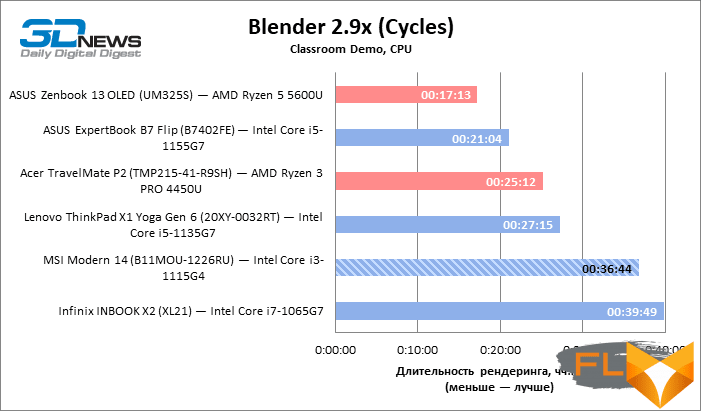
Adobe applications are well optimized for Intel architecture. As a result, the Core i3-1115G4 chip is not far behind the lower 11th generation quad-core models and outperforms the Ryzen 4000-series quad-core processors in the Lightroom test. Exactly the same situation has developed in the Photoshop benchmark. In addition, you need to make allowances for the MSI laptop that in the budget configuration it has only 8 GB of RAM, which works in single-channel mode.
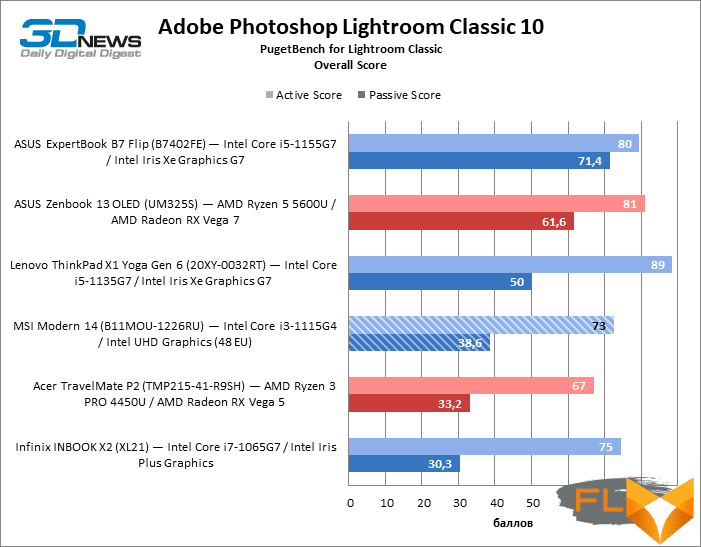
Note Scores are calculated as a percentage of Intel Reference Workstation performance Core i9-9900K, NVIDIA GeForce RTX 2080, 64GB RAM.
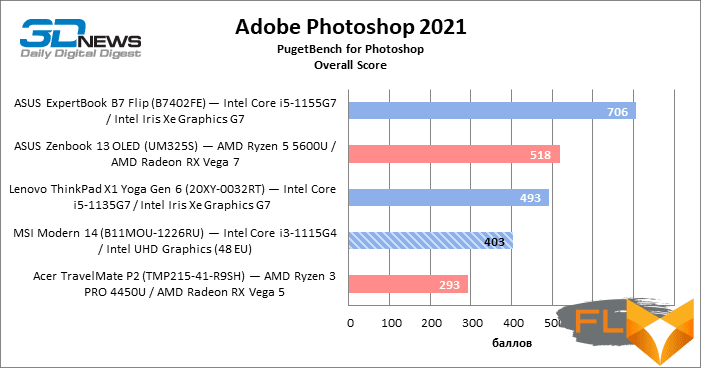
Note Scores are calculated as a percentage of Intel Reference Workstation performance Core i9-9900K, NVIDIA GeForce RTX 2080 and 64GB RAM x 10.
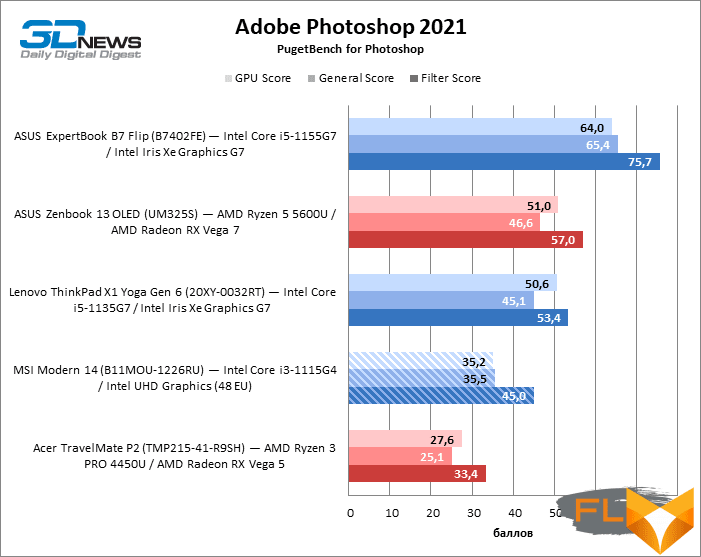
Note Scores are calculated as a percentage of Intel Reference Workstation performance Core i9-9900K, NVIDIA GeForce RTX 2080, 64GB RAM.
For Premiere Pro, a dual-core CPU with a cut-down integrated GPU is obviously not the best option. All quad-core competitors provide at least twice the performance, and playing 4K projects at an acceptable frame rate is simply impossible.
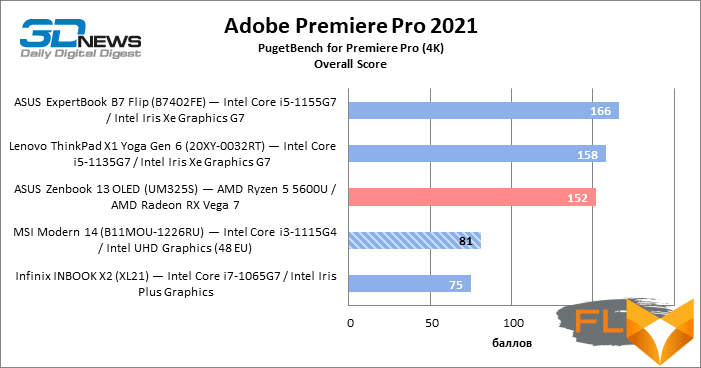
Note Scores are calculated as a percentage of AMD reference workstation performance Ryzen 9 5900X, NVIDIA GeForce RTX 3080 and 64GB RAM x 10.

Note Scores are calculated as a percentage of AMD reference workstation performance Ryzen 9 5900X, NVIDIA GeForce RTX 3080, 64GB RAM.
SSD Performance
The Modern 14 B11 test build has a 256 GB Phison PS5013 controller-based SSD. The performance profile of the ROM in various usage scenarios resembles the more common Western Digital PC SN530 model. The drive develops a rather low speed of sequential reading and writing blocks, as well as random writing. But this, at least in part, is due to the small amount of flash memory. In addition, this SSD handles random reads well, which is a key feature for desktops and mobile PCs.
Opening hours
As we’ve seen, the low end Modern 14 B11 dual-core processor runs within the same 28W headroom as 11th-generation quad-core ultrabook CPUs. And the battery capacity here is only 39 Wh. As a result, in the maximum energy saving mode (Super Battery), the laptop withstood 5 hours of browsing, and watching videos drained the battery much faster – in just 3 hours.
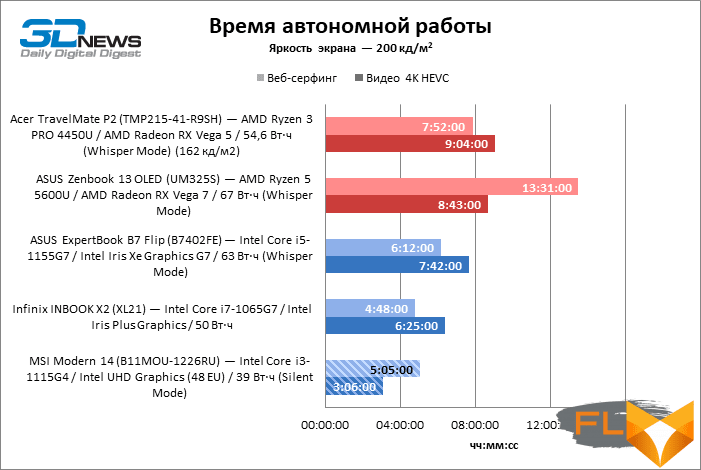
Conclusions
Under the common brand MSI Modern 14 B11 hides a whole series of outwardly similar, but essentially very different devices. Top models with a discrete GeForce MX450 video core, Thunderbolt 4 interface and a 52 Wh battery (but for some reason with single-channel system memory) well illustrate MSI’s usual approach, when maximum performance and functions are enclosed in minimal dimensions. But most of the other options for Modern 14 B11, according to the characteristics of iron, can be safely attributed to the office class: they are more likely to be designed for processing documents and spreadsheets than for complex resource-intensive tasks. The modest amount of system memory and ROM suggests that performance is no longer a priority, and the limited color gamut of the screen will not allow it to be used in professional visualization tasks.
But the budget builds of the MSI Modern 14 B11 boast a good keyboard with large keys, an excellent touchpad and a wide range of external interfaces. In addition, the laptop captivates with a strict case design and the possibility of almost silent operation in the appropriate power consumption mode. Even a modification with a dual-core CPU, which we tested, seems quite appropriate. It costs even less than the already quite affordable intermediate versions of Modern 14 B11, and its performance turned out to be nowhere near as slow as we expected. It’s just a lightweight and compact “typewriter”, and sometimes nothing more is required from a mobile PC.
